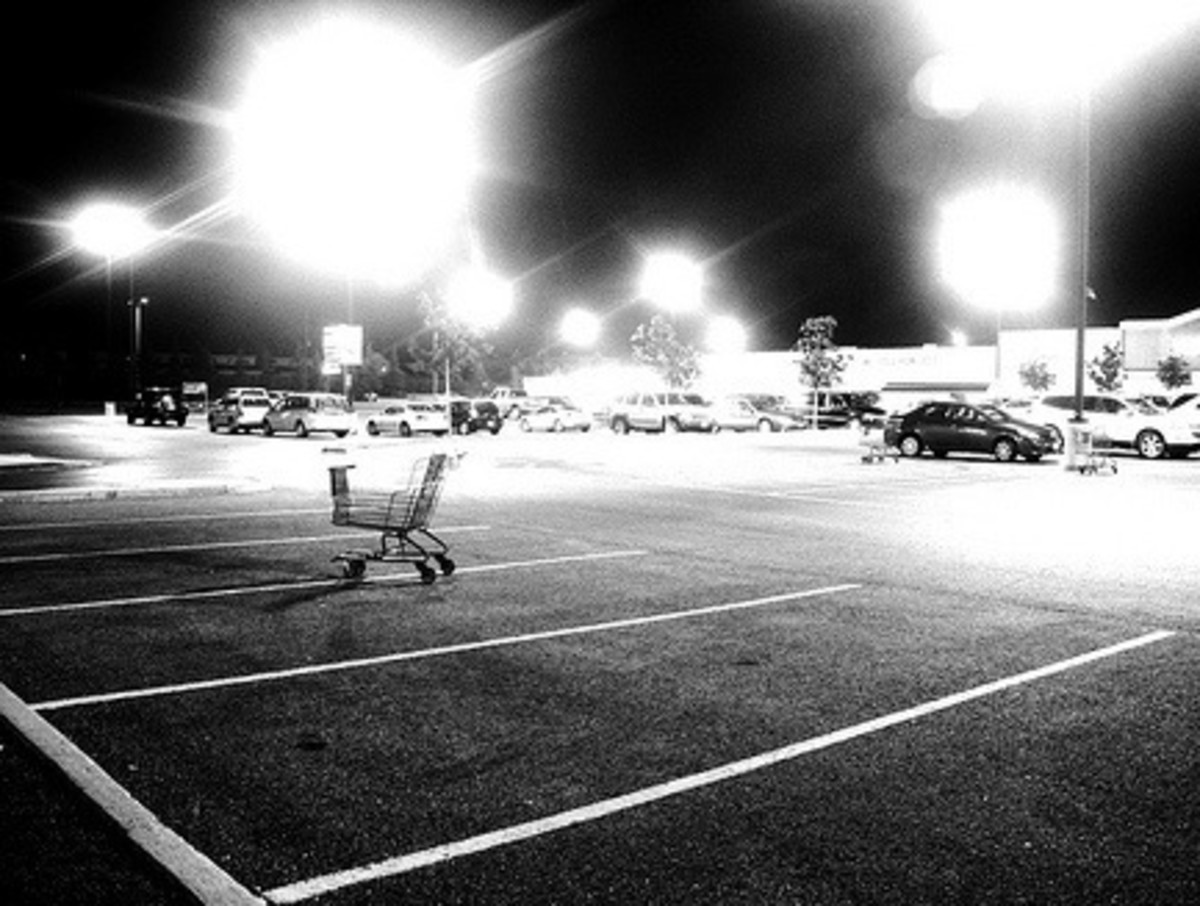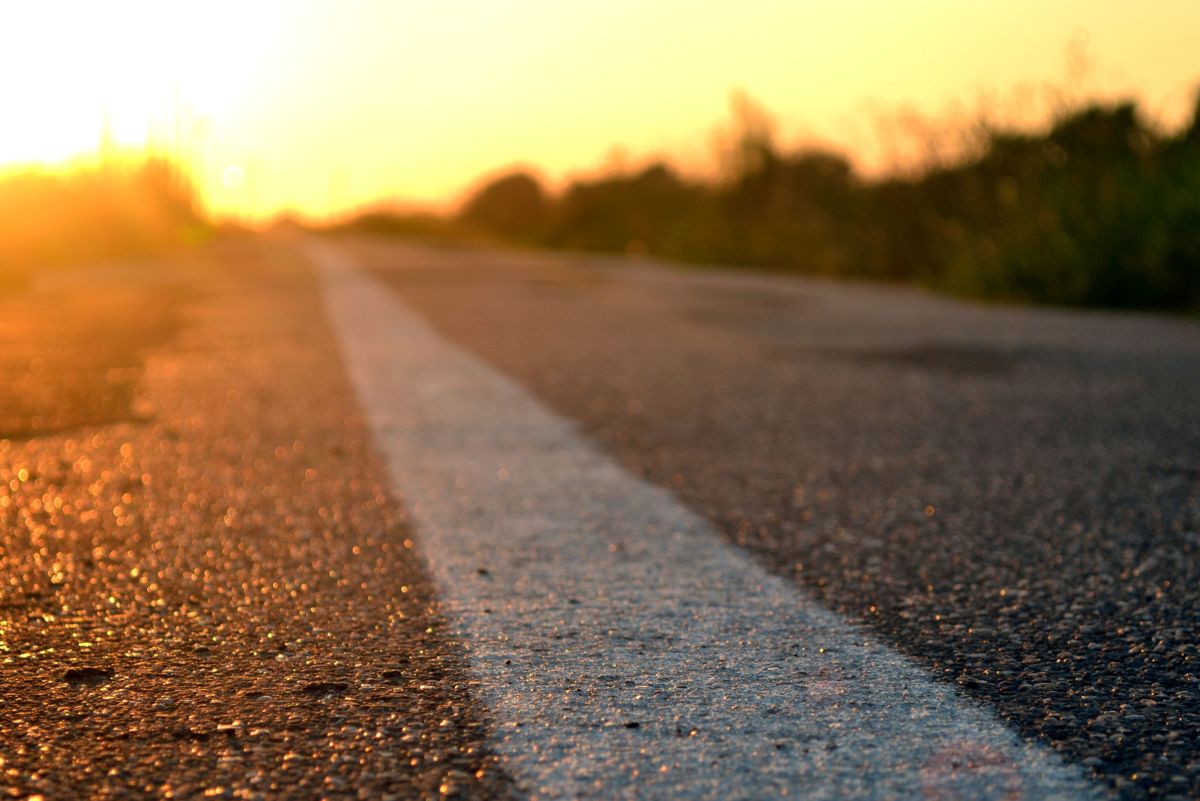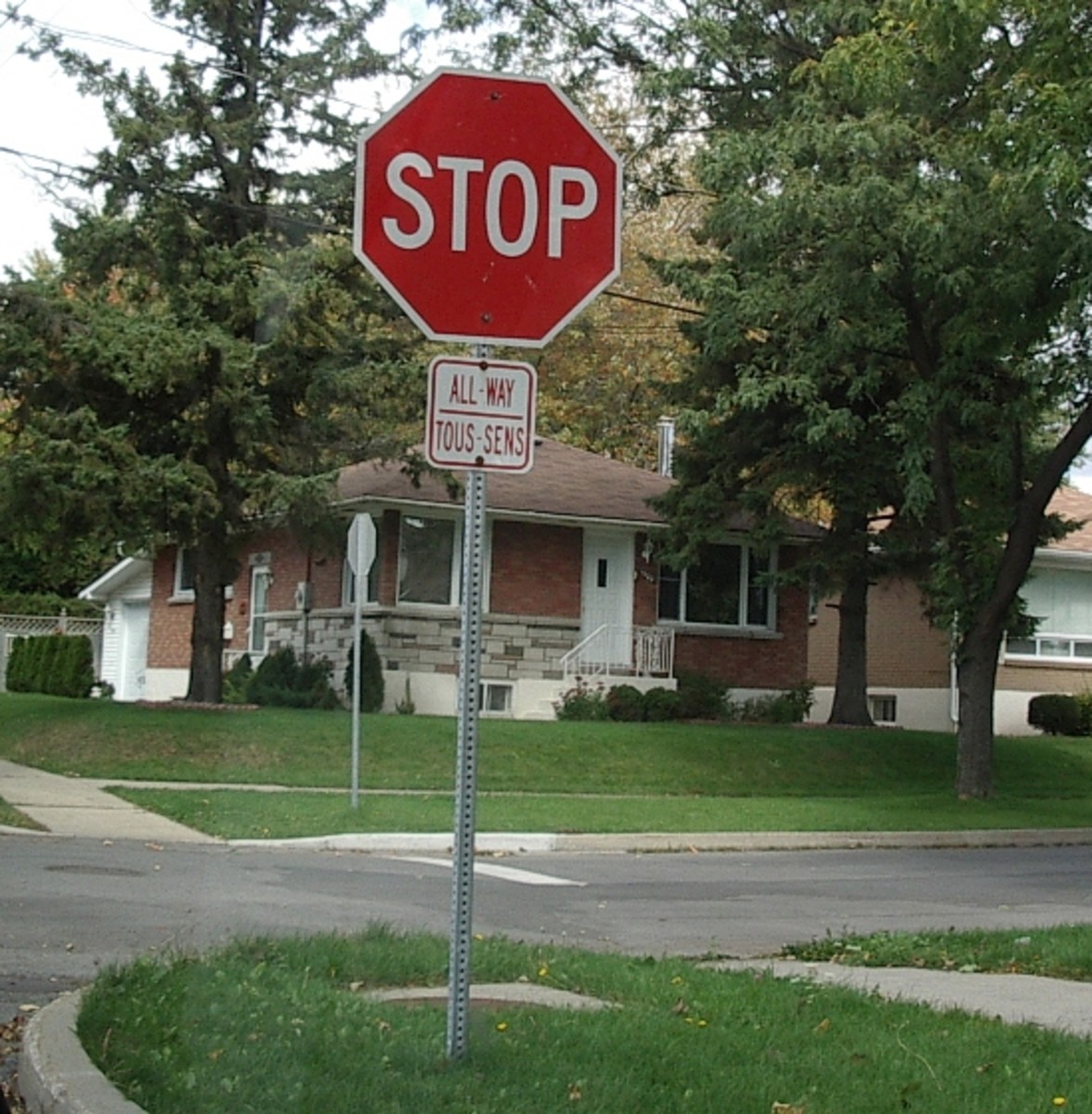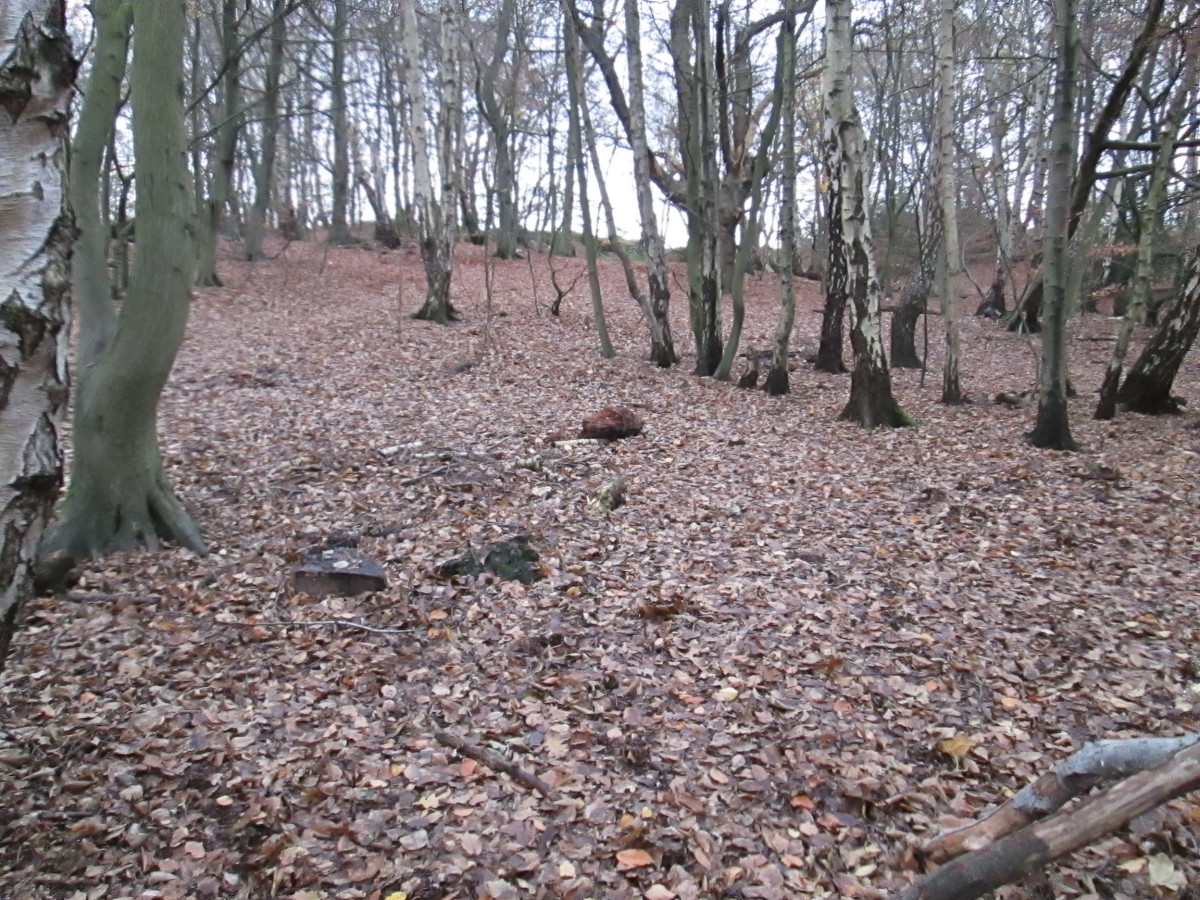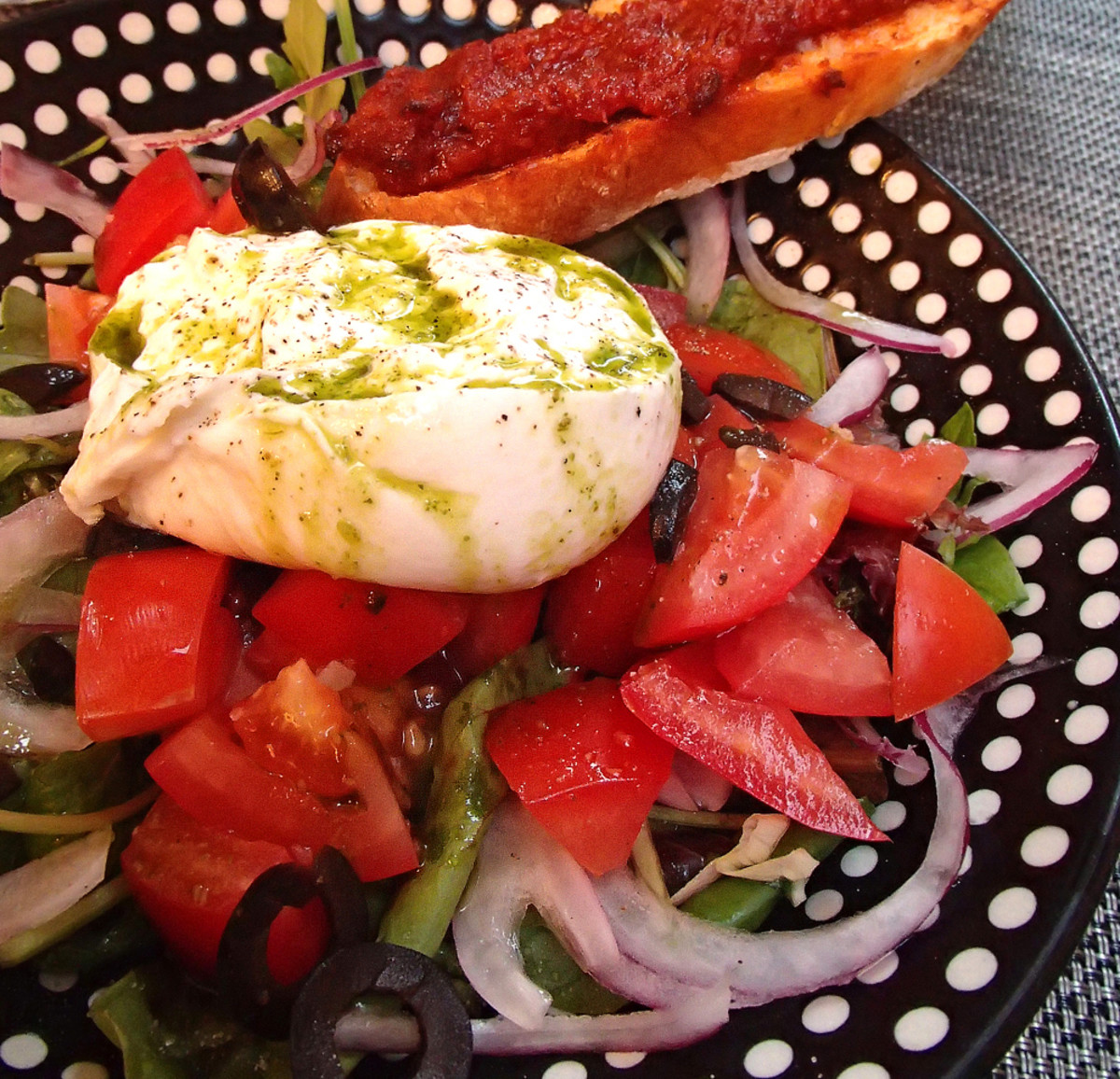The Roads, Reindeer, Moose and Me
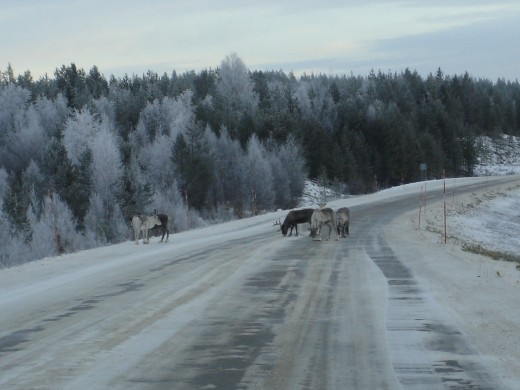
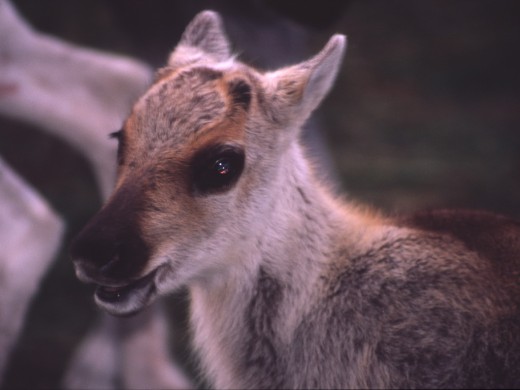
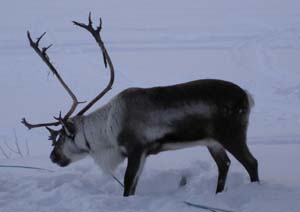
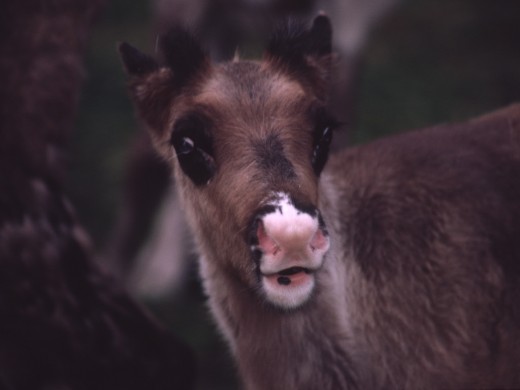
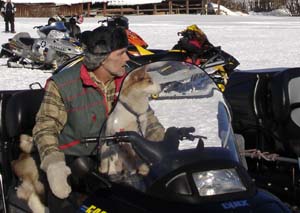
My heart is
pounding, I have been ‘moosed’ again. Living in a village in the north of Sweden
involves driving for pretty much everything. It’s a 40km round trip for a motor magazine and
fresh bread, 130km for a pair of shoes, and a 300km day out for furniture if you want
something made without large nails and not smelling of yak. I have treated myself
to a new jacket today and am only 1km away from the first streetlight in
our village. Out of the corner of my eye
I spot two green twinkles at the side of the road. I experienced the same in Essex, many times.
In Essex it was more often than not a
fox, a few kilos in weight and a few centimeters high and luckily I never did find out how
much damage they can do to a car.
Here it is probably
an 800kg moose, or elk as they are called in Europe. The elk actually the
moose’s close relative and its difficult to tell them apart without a picture
of both side by
side. Hit one of these creatures and half
the weight of the car you are driving will be
coming in through the windscreen.
Many of the
local fairs have road safety mock ups of cars that have hit an elk. I am not convinced having
seen these displays that hatchbacks and saloons are designed for this kind of
encounter. The windscreen is in the back
seat and the front pillars twisted like pasta. The roof is crushed and the stuffed elk sprawled
out on the two front seats. There is no need to
put a human dummy in the display - you really do get the picture.
The green
twinkles blink and the large shadow disappears into the forest. The car bonnet dives as I break
and frantically search for the second elk that is so often hidden behind the first. Luckily it is alone and probably one of the
youngsters abandoned by their mother in favour
of the new arrival she is carrying. This
happens every year and the young elk seem
to find comfort in hanging around the roads edge at night watching cars approach as if
hoping one is their mother.
The elk’s distant cousin the reindeer, is however in another league. An elk is always alert, gangly to behold but incredibly agile and majestic when running. The reindeer by contrast appear a little lost and slow in thought. In summertime their legs flail around as they run along the road barely a metre in front of the car making overtaking impossible. Every 30 seconds they glance back, tongues flapping in the air with an expression of surprise that you are still there. A third review of the situation is usually followed by an increase in pace and eventually a left or right turn into the forest.
In wintertime reindeer
like to spend hours licking salt from the asphalt and it’s difficult to work out how
they passed their time for thousands of years before roads were built. So travelling home in
winter often involves slowing down for 50 or so reindeer standing in the middle of
the highway with little or no intention of moving even with car horn blaring and engine revving. Eventually they amble off the road or simply
out of the way returning to the
same spot when you have passed through the herd. Reindeer logic is to return to the
last place that was safe so a sharp turn one way is often followed by another sharp turn back
which can catch an inexperienced driver off guard.
The Lapps, or Sami people as they
are now called, own the reindeer and protect their stock by tying black plastic bags to poles
and sticks that mark the roads when the snow is deep. The black bags sway gently
in the lightest of winds and from a distance look very much like an animal moving around. It’s difficult to identify the bags until almost
upon them so this simple system
works well. Reindeer weigh in at between
45 to 100kg and even though nowhere near the
weight of an elk, can still cause some serious injury to the driver if hit by a car. Despite this,
it’s rare to see a dead reindeer by the side of the road.
The vast
distances and roads teeming with wildlife are hard to reconcile with the need
to get where you
are going in good time, and in one piece. The most effective way to drive, according to the
older inhabitants of our village, is to make good time on the straights and slow right down
on the bends. This is in part because
braking hard going into a corner in any season of
the year can send a car sliding, rolling, or both, into the forest. Even the metal spiked
tyres fitted in winter, whilst providing a great deal of security, are not enough to pull a
car up in time at high speeds on a bend.
With the elk and
reindeer hanging around the roads edge together with foxes, fluffy eared red squirrels,
grouse, deer, martens from Finland
and the occasional bear, vigilance is vital when
driving. Thankfully the one thing you do
not have to worry about when making your way
home is falling asleep at the wheel.
The drawback of having so much wildlife on and around the roads all year is obvious, but there is something wonderful, nearly magical about encountering a 1000kg bull elk by the side of the road, waiting and watching until your car is only a few metres away before swinging its huge horns to one side and powering up the steep verge into the forest and despite its vast bulk, disappearing into the wilderness in seconds.


